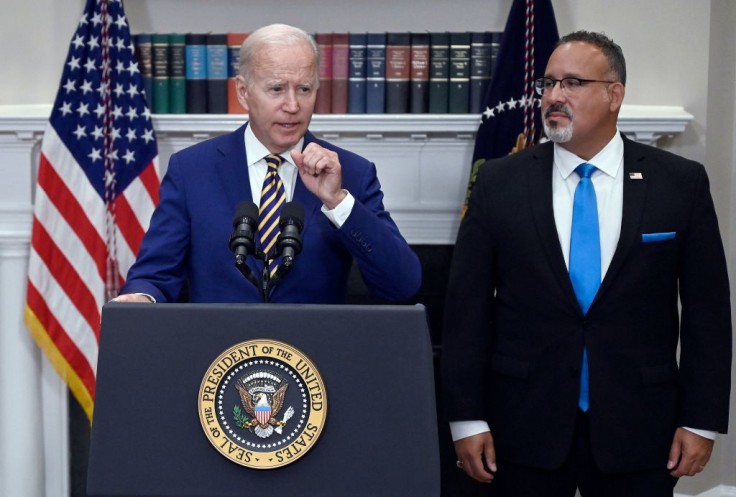
In a bid to alleviate the burden of student loans, the Biden administration has introduced the Saving on a Valuable Education (SAVE) Plan.
With the recent Supreme Court ruling striking down the administration's initial plan to wipe away approximately $430 billion in student loan debt, borrowers are now seeking clarity on their repayment obligations and exploring options to manage their loans effectively.
The unveiling of the SAVE Plan aims to provide relief to borrowers through a more affordable income-driven repayment system.
Understanding the SAVE Plan's Features and Implementation Timeline
CNBC reported that under the SAVE Plan, borrowers will experience a reduction in their monthly payment obligations as the amount they have to pay will be cut in half, from 10% to just 5% of their disposable income.
This change will replace the existing Revised Pay As You Earn (REPAYE) plan. To ensure a smooth transition, it is crucial to be aware of the plan's key features and implementation timeline.
According to the U.S. Department of Education's website, the SAVE Plan is set to go into effect during the summer months.
However, According to Investopedia, the full SAVE regulations will not be implemented until July 1, 2024. It is essential for borrowers to stay updated on the specific dates and guidelines released by the Department of Education.
Transitioning to the SAVE Plan: Enhanced Protections and Forgiveness Options
One notable improvement under the SAVE Plan is the increase in the amount of income protected from payments.
The current level of 150% of the Federal Poverty Guidelines (FPL) will rise to 225%, which means that a family of four earning less than $67,500 annually will not be required to make any payments.
Furthermore, according to The White House, this change offers substantial relief to lower-income borrowers who have been struggling to meet their repayment obligations.
Additionally, forgiveness options are available under the SAVE Plan.
Borrowers with original balances of $12,000 or less will be eligible for forgiveness after making 120 payments, with an additional 12 payments added for every additional $1,000 borrowed beyond that threshold.
These forgiveness options can provide significant long-term relief to borrowers burdened by substantial student loan debt.
Preparing for the Transition: Steps for Borrowers
With the resumption of loan payments on the horizon, borrowers must take proactive measures to navigate this transition successfully. Here are some crucial steps to consider, according to CNBC:
1. Estimate Monthly Payments and Enroll in Auto-Debit: Utilize the "Loan Simulator" tool available at studentaid.gov to estimate the monthly payment amount based on different repayment plans. Additionally, consider signing up for auto-debit enrollment to ensure timely payments. Even if borrowers were previously enrolled in auto-debit, it is essential to confirm re-enrollment with the chosen payment plan.
2. Connect with the Loan Servicer: As loan servicers may have changed during the pause in payments, borrowers need to verify the current loan servicer and update contact information accordingly. By accessing their account dashboard at studentaid.gov, borrowers can identify their loan servicer in the "My Loan Servicers" section.
3. Update Contact Information: Ensuring that contact information is current is vital to receiving billing statements and payment due date notifications. Borrowers should visit studentaid.gov, part of the Education Department's website, to update their contact details promptly.
4. Explore Income-Driven Repayment Plans: Given the financial challenges many borrowers face, applying for an income-driven repayment (IDR) plan is a recommended course of action. The Consumer Financial Protection Bureau estimates that approximately one in five borrowers is at risk of being unable to resume repayments. Familiarize yourself with the various IDR plans available, including the newly introduced SAVE Plan, by visiting the appropriate resources provided by the Department of Education.
As fall approaches, borrowers must proactively engage with the available resources and implement the necessary measures to navigate the transition smoothly.
The Biden administration's SAVE Plan offers hope for easing the burden of student loans by providing borrowers with valuable options for repayment.
Related Article: US Supreme Court Ruling Allows Businesses To Refuse LGBTQ Customers